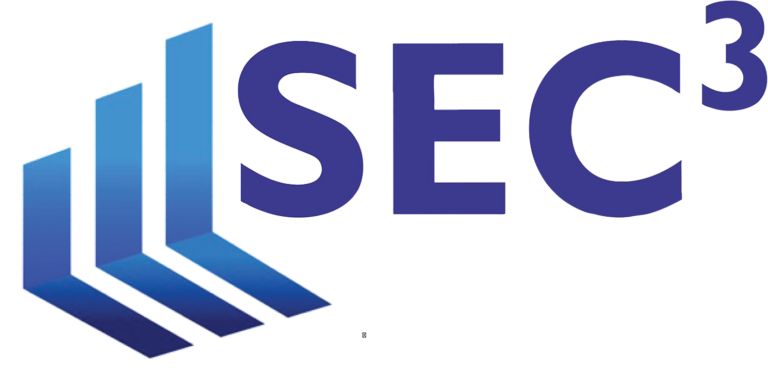One of the main goals of any registered firm is to avoid an enforcement action. The more you know about trends with regard to enforcement cases, the better equipped you are to succeed in that endeavor. The good news is that the SEC is being more transparent with the industry than ever before with regard to goals, focus areas and its approach to enforcement.
SEC Chair Mary Jo White, in a speech earlier this week, shared three “pressure points” related to enforcement; the conundrum of multiple regulators working on the same case; when and how to charge individuals, entities, or both; and the expanding use of remedies including monetary penalties, bars, independent monitors and admissions.
A few interesting takeaways from White’s speech include:
- Feedback on when a case stays within the SEC and when it becomes a criminal case. Mary Jo White divided the enforcement cases into three categories: cases that do not involve intentional wrongdoing, but rather failures of compliance controls or reporting obligations (those stay with the SEC); cases that involve egregious fraud-based conduct (in which the criminal authorities will be participants in the investigation from the beginning); and finally cases where evidence of a criminal act is not overwhelming, but perhaps sufficient to find the offense beyond reasonable doubt (in those cases, the criminal authorities will monitor the SEC investigation closely in order to determine whether sufficient evidence has developed);
- The focus on individuals and the use of tools used in enforcement actions against them. White dispelled the notion that the SEC settles with entities in lieu of charging individuals. Since the beginning of the 2011 fiscal year, the SEC charged individuals in 83% of its actions. White focused on SEC’s expanding use of Section 20(b) of the Exchange Act that imposes primary liability on a person who, directly or indirectly, does anything “by means of any other person” that would be unlawful for that person to do on his or her own. White called Section 20(b) a “very powerful tool” in the SEC’s arsenal against individuals that can be used when aiding and abetting theories fall short because there is no underlying violation by anyone else.
- The increasing use of non-monetary remedies including, but not limited to, bars from working in the industry, the mandatory use of independent compliance consultants to monitor wrongdoing, and the use of admissions of wrongdoing.
We encourage you to review White’s speech in its entirety as there are several other interesting comments, albeit (as you might have gathered from above) some reinforcing past SEC communications.

